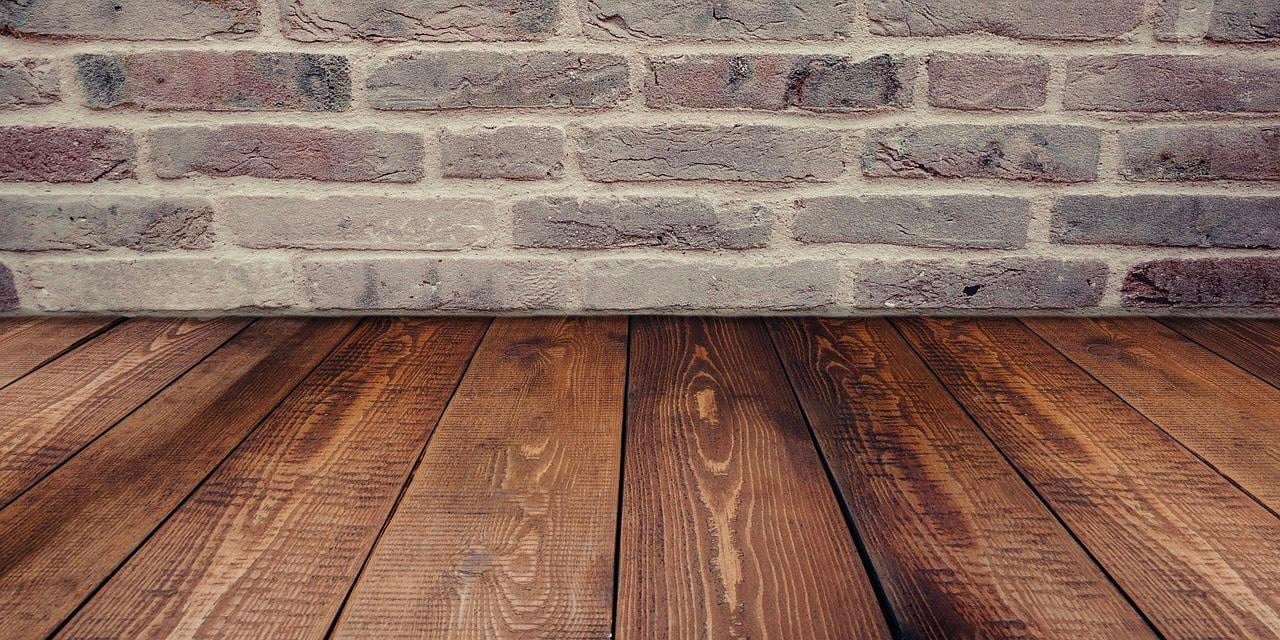In recent years, poured floors, also known as gietvloeren, have gained significant popularity in both residential and commercial spaces. This flooring option, known for its seamless appearance, durability, and modern aesthetic, has become a preferred choice for homeowners, architects, and interior designers alike. Several factors contribute to the growing popularity of poured floors from coatingvloer.nl, including their versatility, ease of maintenance, and sustainable properties.

Versatility and aesthetic appeal
One of the primary reasons for the rising popularity of poured floors is their versatility. Available in various materials such as epoxy, polyurethane, and cement, poured floors can be customized to fit a wide range of design preferences. Whether aiming for a sleek, contemporary look or a more industrial feel, poured floors can be tailored in terms of color, texture like betoncire, and finish to complement any interior style.
The seamless nature of poured floors adds to their aesthetic appeal. Unlike traditional flooring options that have joints or grout lines, poured floors provide a continuous, smooth surface that enhances the visual flow of a space. This seamless look not only makes spaces appear larger and more open but also adds a touch of sophistication and elegance.
Durability and low maintenance
Poured floors are renowned for their exceptional durability. Made from robust materials, they can withstand heavy foot traffic, making them an ideal choice for high-traffic areas in both homes and commercial settings.
Their resistance to scratches, stains, and impact damage ensures that poured floors maintain their appearance and functionality over time, reducing the need for frequent repairs or replacements. In addition to their durability, poured floors are incredibly low maintenance.
Their smooth, non-porous surface is easy to clean and does not trap dust, dirt, or allergens, contributing to a healthier indoor environment. Routine cleaning with a mild detergent and occasional resealing is typically all that is required to keep poured floors looking pristine.
Sustainable and eco-friendly
As sustainability becomes increasingly important in design and construction, the eco-friendly properties of poured floors have contributed to their growing popularity. Many poured floor materials, such as epoxy and polyurethane, can be produced with low levels of volatile organic compounds (VOCs), reducing the emission of harmful chemicals into the air.
Additionally, the long lifespan and durability of poured floors, or betonvloer if they call them in Holland, mean less frequent replacements, which reduces waste and the environmental impact associated with flooring production and disposal.
Some poured floor options, like cement-based and lavasteen (lava stone) floors, utilize natural and abundant materials, further enhancing their sustainability credentials. These materials often require less energy to produce and can be sourced locally, reducing the carbon footprint of the flooring installation.
Applications in Residential and Commercial Spaces
The versatility and performance of poured floors or woonbeton so if they call in Holland make them suitable for a wide range of applications. In residential settings, they are commonly used in kitchens, bathrooms, and living areas, where their seamless look and easy maintenance are highly valued.
The ability to incorporate underfloor heating with poured floors adds to their appeal, providing a comfortable and energy-efficient heating solution. In commercial spaces, poured floors are favored in retail stores, offices, restaurants, and industrial facilities. Their durability and resistance to wear make them ideal for areas with heavy foot traffic, while their customizable appearance allows businesses to create unique and branded environments. The hygienic properties of poured floors also make them an excellent choice for healthcare facilities, laboratories, and food processing areas.
Interesting Related Article: “Style your home with engineered wood flooring“
